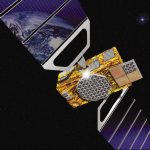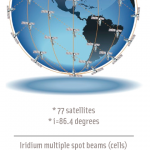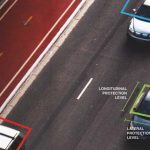Detecting and Geolocating Jammers and Spoofers Using Integrated AOA and TDOA Measurements
by Joon Wayn Cheong, Andrew G. Dempster, Joe Fleming, Ming Zhu & Graeme Hooper
Due to the proliferation of personal privacy devices and other jamming sources, it is imperative for safety-critical GNSS users such as airports and marine ports to be situationally aware of local GNSS interference. This article proposes and validates an enhanced method for geolocating GNSS interference sources so that jammers and spoofers can be found and disabled.
By Inside GNSS












